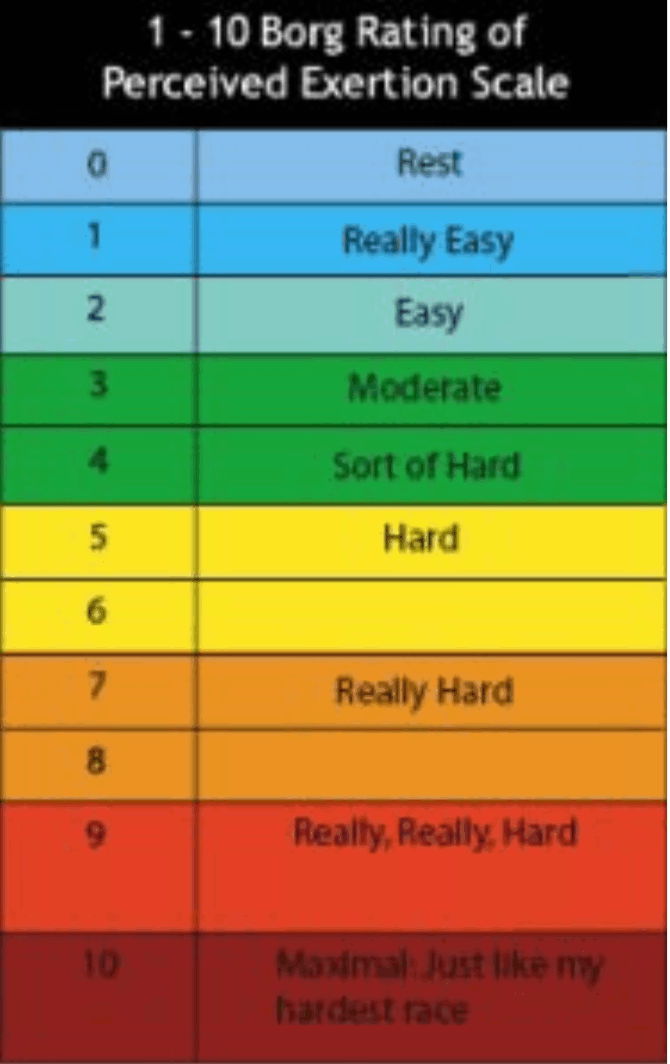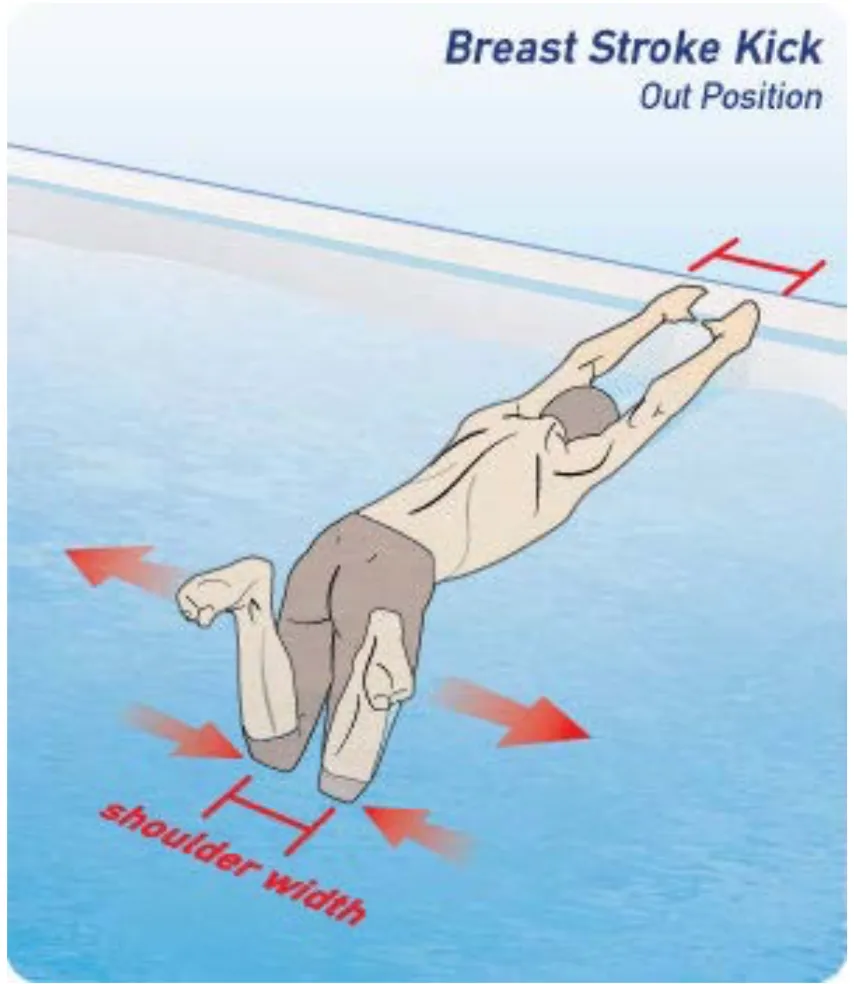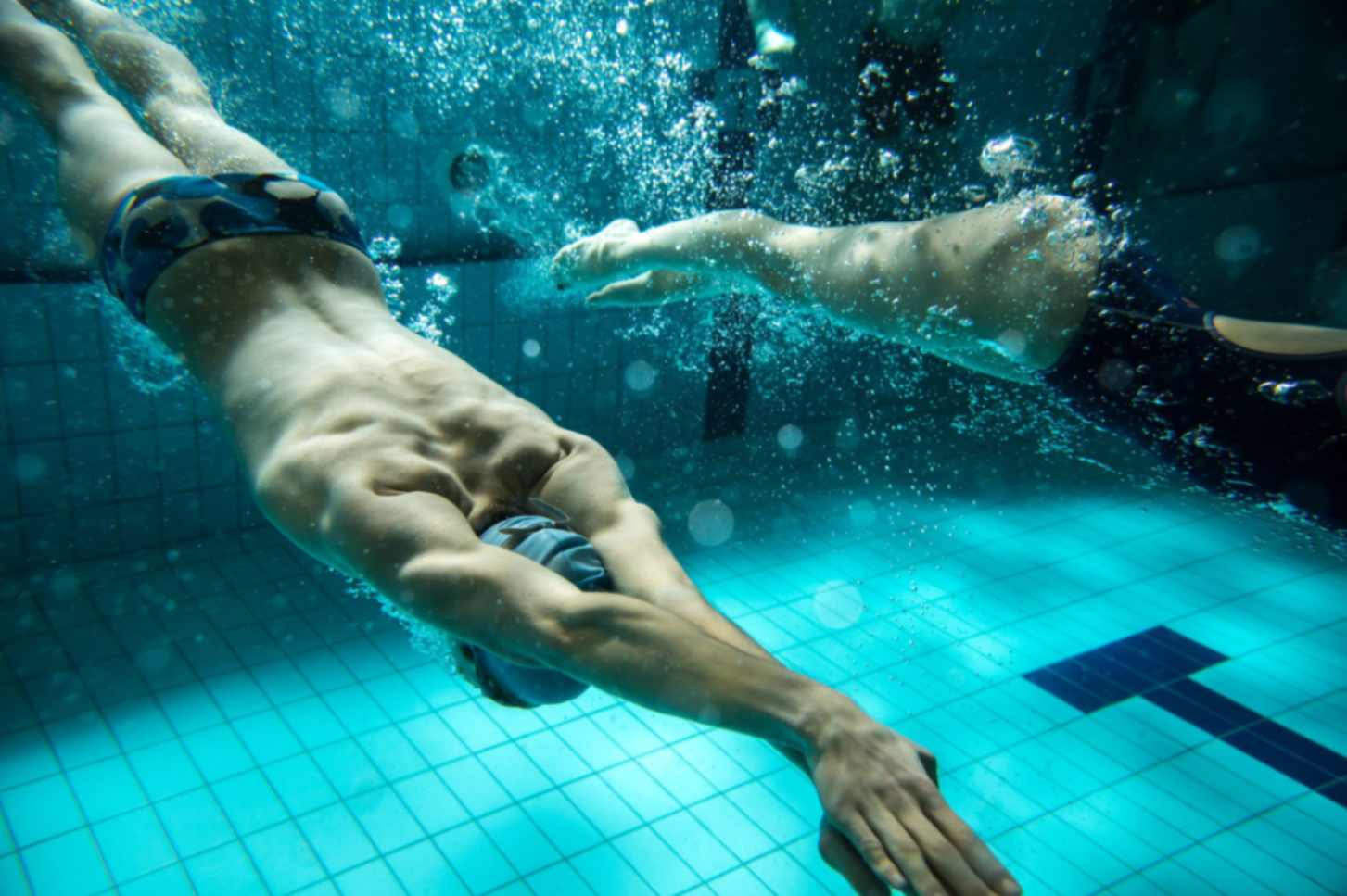Lower limb injuries in breaststroke swimmers part 3: injury prevention
icon
In Part II of this blog, we discussed the possible risk factors for breaststroke related lower limb injuries:
5) Range of Motion
6) Strength
7) Technique
8) Bone Structure
To date, there has been no prospective research published investigating the efficacy of implementing injury prevention strategies for breaststroke related lower limb injury.
However, the intrinsic nature of the injuries and their modifiable risk factors suggests that many of these injuries are amenable to injury prevention strategies.
In this blog, we discuss specific injury prevention strategies for breaststroke related lower limb injury:
1) Monitor and manage your training load
In partnership with your coach, monitor and record how much breaststroke you do in training and competition. Load for a training session is most simply calculated as:
Duration (mins) x rating of perceived exertion (RPE) (1-10)
Correlating weekly load data with injury incidence can help you to identify how much absolute load and training stress balance (see TSB: part II) you can tolerate. If you know your limits, over time, you can create an individualised optimal loading profile to plan your training by.
The incidence of preventable injury has been reduced across a range of sports through ensuring that increases and decreases in training load are progressive and gradual. Avoiding sudden, large increases in breaststroke work, as well as avoiding long breaks from breaststroke specific training, should help to reduce the risk of breaststroke related injury.

2) Warm up well
A breaststroke specific warm up should be performed before training and competition and be progressive and of adequate duration. Individual requirements will vary dependent on age and ability, however, in general, warm up should consist of a dry-land component that incorporates self-mobilization of the hip (e.g. foam roller, trigger ball and active stretching), as well as neuromuscular activation exercises for the gluteals and core, to promote optimal neuromuscular patterns. The pool warm up should immediately follow, and be progressive in intensity and have adequate time and volume for the individual. Work with your coach and Physiotherapist on developing a specific breaststroke warm up routine that works for you!
3) Correct your technique
Remember the old saying that a 3% reduction in drag is as beneficial as a 30% increase in propulsion, but for much less effort. For me, this is always a great reminder to never stop working on achieving correct breaststroke technique. This will benefit your performance as well as reduce your injury risk:
Australian national team breaststrokers identified key technical cues (thoughts) to prevent the major technique faults related to breaststroke kick injury:
Narrow knees (no more than shoulder width).“Cut” the heels to the buttocks during the kick recovery.
Good foot turn out.
Powerful “whip” action.
Finish off the kick: Squeeze the knees and feet tightly together and extend from the hip to lift the feet toward the surface.
Australian swim team biomechanists stress that Breaststroke is all about reducing resistance, and that the swimmer that stays in the most streamlined position for the longest often wins! This is where timing becomes important and kick speed is a large determinant for timing. Higher whip speed gets the swimmer back into the streamline position quickly.

4) Get a musculoskeletal screening
A musculoskeletal screening is an assessment performed by your Physiotherapist that tests your range of motion, strength and neuromuscular control relevant to breaststroke. A screening can identify risk factors for breaststroke related injury, including inadequate range of motion or strength.
Attending regular musculoskeletal check ups with your Physiotherapist can reduce your injury risk by ensuring you are maintaining adequate hip range of motion and hip, core and lower limb strength to minimise your injury risk and maximise your performance.
We recommend that competitive breaststrokers training more than 4x/week should attend at least monthly Physiotherapy for monitoring, maintenance and progression of injury prevention neuromuscular exercise programs.
5) Achieve and maintain adequate breaststroke specific strength and range of motion
Your Physiotherapist can prescribe you with, and progress you through, a series of neuromuscular exercises that aim to develop strength, endurance and neuromuscular control of the muscles and joints involved in breaststroke kick. This is usually called an injury prevention exercise program, or a neuromuscular training program.
Exercises targeting the gluteal and core muscles have been shown to be effective in reducing knee and hip pain. The balance of hip abduction (pushing out) to adduction (pushing in) strength has proven to be important in reducing the risk of groin injury.
6) Recover from training
Fatigue and muscle soreness are a normal result of hard training. Reduced neuromuscular control and strength are associated with training fatigue as well as injury. Minimising these negative training effects through effective recovery strategies will reduce your risk of injury due to training fatigue.
Training recovery strategies that might aide in reducing muscle fatigue, soreness and associated weakness include:
1) Sleep
2) Hydration
3) Hydrotherapy
4) Compression
5) Massage
6) Stretching
7) Self Myofascial release (SMR) techniques
Ask your Physiotherapist to show you self myofascial release techniques and stretches that you can perform independently to maintain optimum mobility, strength, and neuromuscular control specific to breaststroke kick. This will reduce your injury risk and reduce the need for frequent visits to the Physiotherapist or masseuse.
Summary
Lower limb injuries are common in breaststroke specialists. Most often, breaststrokers injure their knee or hip.
Injury prevention strategies help to reduce the risk of breaststroke related lower limb injury, resulting in lower cost of injury to breaststroke swimmers.
Injury prevention strategies may include:
1) Monitor and manage breaststroke training load
2) Perform specific and adequate warm up regularly
3) Correct your breaststroke technique
4) Get a breaststroke specific musculoskeletal screening
5) Achieve and maintain adequate breaststroke specific joint range of motion and strength through a neuromuscular training program
6) Implement recovery strategies for training and competition
7) Don’t train on the pain
Physiotherapists are experts in musculoskeletal and sports injury prevention and management, and are the most appropriate professionals to assess your breaststroke injury risk profile and prescribe a specific and individualized injury prevention program for you to reduce your injury risk and benefit your performance.
If you have any questions regarding this blog post, or would like further information, please do not hesitate to get in contact with us.
Book an appointment at Coast Sport by calling (02) 4356 2588 or book online via the button below.
Thanks to Coast Sport Physiotherapist Brett for preparing this blog. You can find out more about Brett here.


 Helping the Central Coast Feel Well, Move Well and Perform Well!
Helping the Central Coast Feel Well, Move Well and Perform Well!